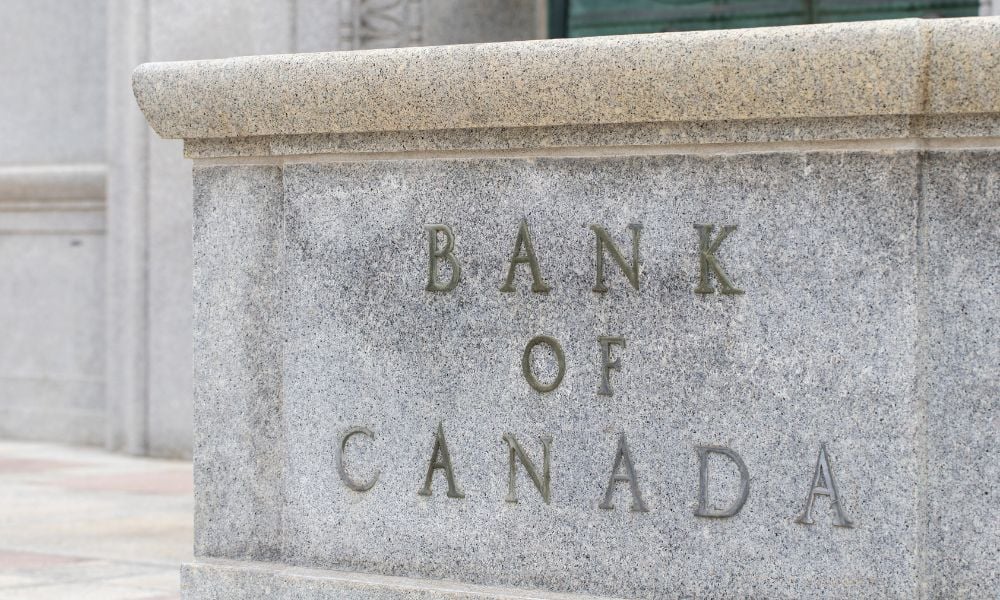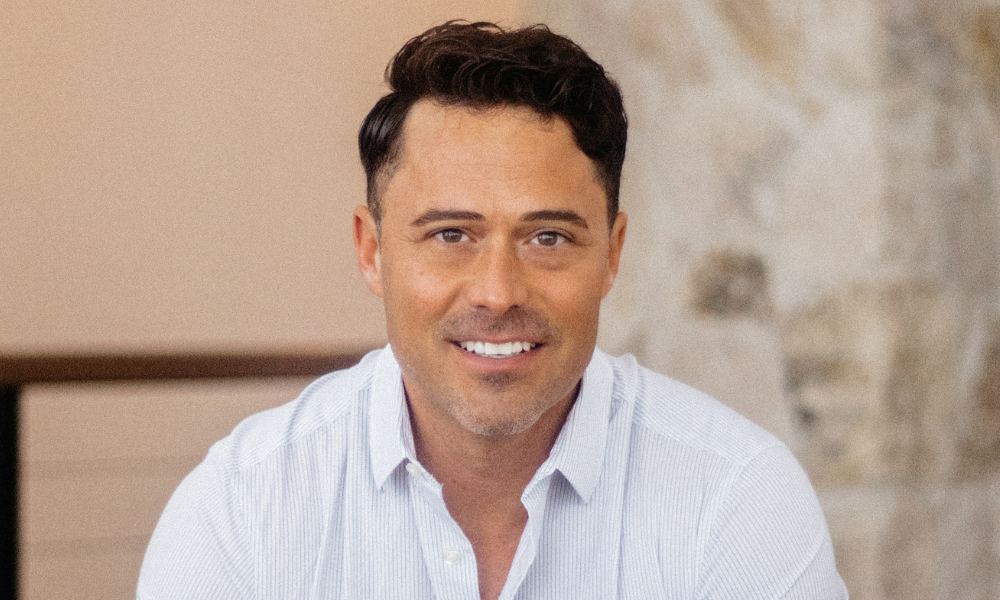Portfolio managers weigh in on what might be the end of the rate hiking cycle

The Bank of Canada’s decision to hold its key interest rate steady at 5% came in as analysts expected. With the announcement came an assessment of the Canadian economy, which appears to be struggling under the weight of past interest rate increases. Data around retail sales, unemployment, and overall economic growth pointed to an economy “approaching balance,” according to the BoC.
While the decision to maintain rates at their current levels was anticipated, it could help investors and advisors make sense of a few key trends in the Canadian economy and global interest rate cycle. Portfolio managers weighed in on how advisors should interpret Canada’s pause in a global context, and what it might mean for asset allocation going forward.
“There’s no question that monetary policy is starting to filter through the system, you can see it on household balance sheets and in the economy at large,” says Paul MacDonald, Chief Investment Officer & Portfolio Manager at Harvest ETFs. “Inflation has been the key driver of rates moving higher, and the global inflationary indicators we look at — which apply to the Canadian market — are starting to normalize. I think now that we’re not just at a pause, I think this could very likely signal the end of the hiking cycle in Canada, and we may be close to the end in the US too.”
MacDonald notes that while some shorter-term prints on US inflation came in hotter than expected, the leading indicators point to declining overall inflation rates. While the Fed has become somewhat more aggressive than the BoC in recent months, hiking where the BoC has paused, MacDonald sees many of the price spikes of previous years abating in the US — which could imply a more dovish Federal Reserve. MacDonald says that markets are pricing in cuts in both Fed and BoC rates sometime in mid-2024.
With the news of softening inflation, though, comes news of weakness in the US and Canadian economies. The risk focus for markets, therefore, will shift from interest rate pressure to recessionary fears.
The one recession domino that hasn’t yet fallen fully in the US or Canada is the labour market. Whether through hoarding labour, or effective pressure from unions, wages and employment have stayed relatively strong. However, MacDonald notes that Canada’s immigration policy has helped to slow rapid wage inflation and soften the labour market enough to bring some balance.
Brooke Thackray, research analyst at Horizons ETFs, notes that the longer Governor Tiff Macklem holds rates at 5% for, the slower Canada’s economy will move.
“The economy is already stuttering with the Q2 GDP Growth Rate unchanged from the previous quarter. The Bank of Canada is trying to walk a fine line fighting inflation without tipping the economy into a recession,” Thackray writes in an email to WP “Macklem may shift to a more dovish stance at the next meeting if the unemployment rate starts to move higher. The unemployment rate has remained unchanged at 5.5% for the months July, August and September. The next batch of unemployment data for Canada is set to be released on Friday November 3. If the unemployment rate shifts higher watch for the Bank of Canada's tone to become more dovish at its next meeting on December 6.”
At the moment, however, a ‘higher for longer’ narrative is still prevailing regarding both Federal Reserve and Bank of Canada policy. In getting to this point, MacDonald believes a number of sectors in equity markets have become ‘dislocated.’ He notes that valuations have compressed in certain high-visibility sectors that would normally be well-suited to this environment, such as healthcare.
Given his view that the hiking cycle is over, MacDonald sees opportunity in fixed income. Interest rate increases demolished bond values over the past 18 months. While interest rates are still volatile, at levels many bond investors aren’t used to, he believes that adding some duration could help advisors capture high yields from fixed income today, as well as the opportunity for appreciation when interest rates begin to fall again.
On the whole, MacDonald notes that inflation, rate increases, and looming recessions have not made things easy for investors or advisors. Nevertheless, there is an opportunity for advisors to remind panicked clients that this is part of a cycle, and reaffirm their investment thesis.
“It’s really hard to be an investor here because there hasn’t been a whole lot — aside from concentrated set of stocks — that has been working. Our message is to own quality and cashflow, because when you own that across an economic cycle you can continue to make returns on the stock market. I think that when advisors are talking to clients, this is a time to reaffirm why they own what they own, and why they own it across this cycle.”



